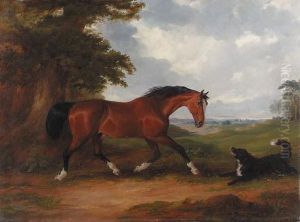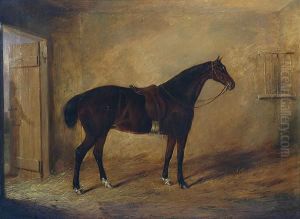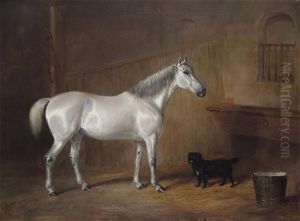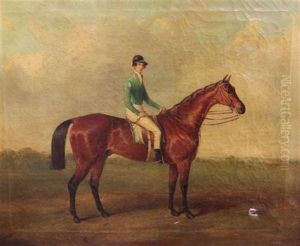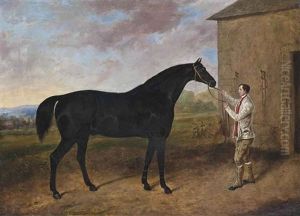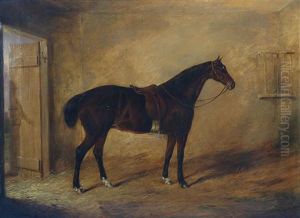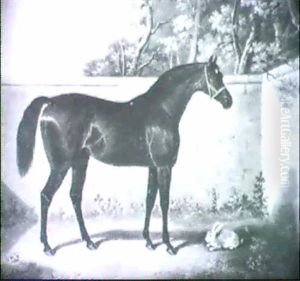Joseph Maiden Paintings
Joseph Henry Maiden was not an artist in the traditional sense of a painter or sculptor; rather, he was an eminent British-born botanist who made significant contributions to the study of Australian botany. Born on April 25, 1859, in St John's Wood, London, Maiden's early education and passion for natural sciences set the stage for his future career in botany.
After emigrating to Australia in 1880, Maiden joined the Technological Museum in Sydney (now the Powerhouse Museum) and became involved in the collection and cataloging of plant specimens. His work at the museum highlighted his keen interest in the commercial possibilities of native Australian plants, particularly in the context of agriculture and industry.
In 1896, Maiden was appointed as the Government Botanist of New South Wales and Director of the Sydney Botanic Gardens. He held these positions for nearly thirty years, during which time he undertook extensive botanical research and exploration. Maiden was instrumental in the study and classification of the Eucalyptus genus, and he published several important works on the subject including 'A Critical Revision of the Genus Eucalyptus.' His deep interest in eucalypts led to the discovery and description of numerous species.
Maiden's contributions to Australian botany extended beyond eucalypts. He was an advocate for the conservation of native flora and played a critical role in raising public awareness about the importance of preserving Australia's botanical heritage. His educational efforts were also notable, as he worked to disseminate botanical knowledge through lectures, writings, and by mentoring aspiring botanists.
Joseph Maiden's work had a lasting impact on the field of botany in Australia and earned him recognition and honors, including the Clarke Medal of the Royal Society of New South Wales. He remained active in his field until his death on November 16, 1925. Maiden's legacy is preserved in the numerous plant species named in his honor and in the rich body of research and literature he left behind.
